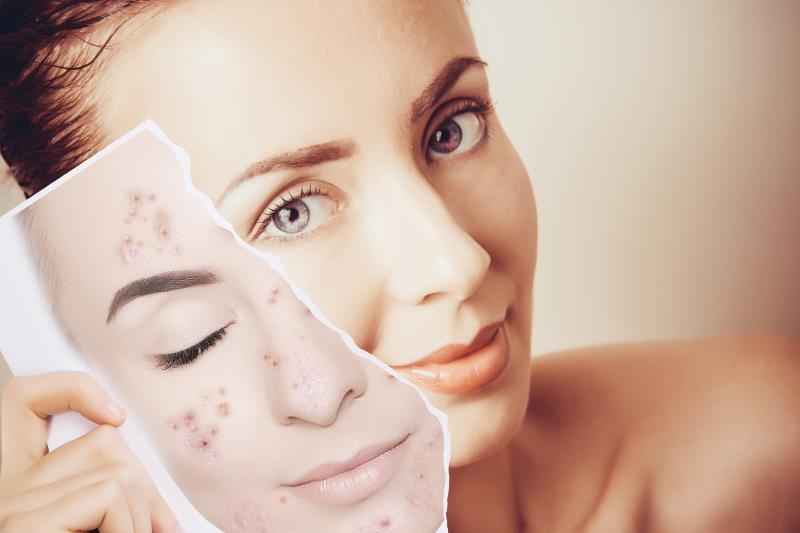Acne is a common skin problem seen in primary care. Dr Wong Soon Tee of Assurance Skin Clinic at Mt Elizabeth Novena Hospital, Singapore shares his insights with Pearl Toh on how to manage acne in the primary care setting.
 Dr Wong Soon Tee, Assurance Skin Clinic at Mt Elizabeth Novena Hospital, Singapore
Dr Wong Soon Tee, Assurance Skin Clinic at Mt Elizabeth Novena Hospital, Singapore
Acne is a common skin problem, and is especially prevalent
among adolescents.
A community-based study in Singapore revealed that 88
percent of adolescents aged 13–19 years old were affected by acne to varying
extent (51 percent mild, 40 percent moderate, 9 percent severe). [
Br J Dermatol 2007;157:547-551] While
acne is more common in males (61.3 percent) during adolescence, females tend to
predominate in post-adolescent period.
As such, how often a GP will encounter an acne case depends
on the location of their practice: one that is located in old matured housing
estate would expect to see fewer acne cases compared to practices located in
newer housing estate, mall, or central business district area.
Diagnosing acne
Diagnosis of acne is easy and is based on picking up
comedonal lesions (white and black heads) and inflammatory papules, pustules,
and nodules.
There are many causes for acne but the main cause is
hormonal. The initiation of acne is largely influenced by the interplay between
hormonal, genetic factors, and Propionibacterium acnes. Other risk factors
include physical, chemical, environmental, and dietary factors.
In
addition, acne can also be a sign indicative of another underlying
disease, including polycystic ovarian syndrome (PCOS), Cushing syndrome, or acne
medicamentosa (ie, acne caused by or aggravated by medication such as lithium
or anti-neoplastic EGFR inhibitors).
Diagnosis of acne is almost always clinical. Laboratory test
is only required when there are suspicions of underlying disease driving the
acne, such as PCOS.
Common differential diagnosis that need to be considered
include pityrosporum folliculitis (on chest and back), rosacea , steroid acne,
perioral dermatitis, beard ringworm (tinea barbae), and folliculitis.
A common challenge that a GP often face during acne
diagnosis is in differentiating the common acne from rosacea or pityrosporum
folliculitis. Both acne and rosacea are chronic inflammatory skin conditions
that are commonly seen. To differentiate rosacea from the rest, the absence of
comedones and the presence of telangiectasia and dilated blood vessels are
often indicative of a diagnosis of rosacea.
Pityrosporum folliculitis is another challenging condition
that mimics acne. It resembles acne except that the papular lesions are more
monomorphic while the acne outbreaks are more polymorphic with comedones,
papules, and nodules. It is important to
keep Pityrosporum folliculitis in mind during diagnosis because antibiotics
used for acne can actually make Pityrosporum folliculitis worse.
Treating acne
The key aims
for treating and managing acne is to prevent scarring and to enable the patient to
have a clear face free from acneiform
lesions.
The principle of treatment is usually very straight forward.
The main approach for treatment often involves suppression of pilosebaceous gland
using oral contraceptive pills, anti-androgen, or isotretinoin.
In addition, anti-comedolytic exfoliation using medications
containing benzoyl peroxide, alpha (AHA) or beta hydroxy acid (BHA) and anti-bacterial
or anti-inflammatory agents such as antibiotics and topical retinoids are also
common approaches in the armamentarium for managing acne.
The treatment principles for adolescents are generally
similar to that for adults.
Despite the wide
range of products available for treating acne, not all patients respond the
same way. The variability of response from one individual to the other
can therefore pose a challenge to effective treatment.
Often, the challenges a GP faces in treating acne are
twofold: those that are clinically related or those attributed to patient’s
expectation. Clinically related issues may involve treatment-related skin
irritation, using the wrong treatment approach, or even a wrong diagnosis.
On the other hand, cost and impatience with the speed of
recovery constitute some of the challenges that may arise from a patient’s
mismatched expectation. As such, adequate patient education and counselling play
important role in managing the patient’s expectation.
When a patient is not responsive to treatment, referral to a
skin specialist is recommended.
Conclusion
The
treatment algorithm for acne is very well established and straightforward. The
key to a successful treatment is to build a good relationship and rapport with
the patient. It takes time to see improvements and patience is warranted.
Educating the patients is important so that they have a good understanding as
to why, how, and what clinicians are doing and will go a long way in partnering
with them on the road to recovery.
Further Reading:
The Dermatological Society of Singapore (2017). Management guidelines on acne. Singapore:Dermatological Society of Singapore.
J Clin Aesthet Dermatol 2019;12:34-50.

 Dr Wong Soon Tee, Assurance Skin Clinic at Mt Elizabeth Novena Hospital, Singapore
Dr Wong Soon Tee, Assurance Skin Clinic at Mt Elizabeth Novena Hospital, Singapore